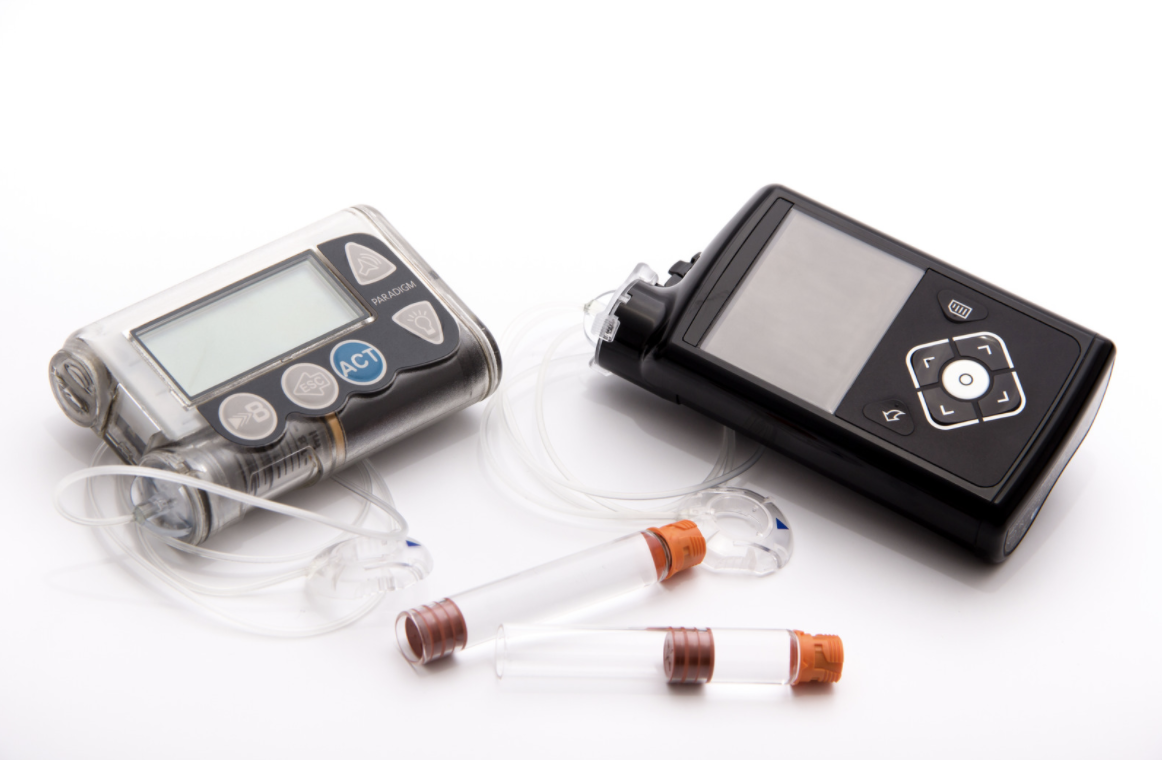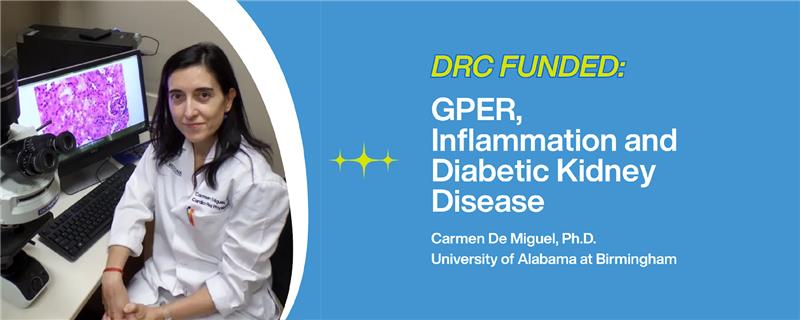Automated Insulin Delivery Systems
Type 1 diabetes (T1D) is a condition that must be managed 24 hours a day, seven days a week, 365 days a year. Even with careful management, it can be difficult for patients to stay in range, especially overnight. Many individuals with T1D are awoken during the night by alarms from continuous glucose monitors (CGMs) or other devices because their blood sugar is rising (or dropping) to unsafe levels. That means they must wake up and be alert enough to administer the correct amount of insulin without overtreating.
However, several recent studies have found that the use of automated insulin delivery systems such as hybrid closed-loop systems may help patients better manage their blood glucose levels and reduce the risk of hypoglycemia and hyperglycemia. There are several companies testing out these types of systems, including Medtronic and Insulet.
With a hybrid closed-loop system, individuals spend less time manually controlling their diabetes management. A sensor tracks their blood glucose levels (or the sensor glucose levels), and then an insulin pump responds and doses an appropriate amount of insulin as needed. This takes a lot of the stress and burden off of individuals, especially overnight.
Studies have shown that these automated systems have also helped individuals increase their time spent in range. A trial involving 157 participants with T1D between the ages of 14 and 75 showed that overall average time-in-range increased from 54% to 73% when using Medtronic’s MiniMed advanced hybrid closed loop (AHCL) system. For even better control, the system has auto basal and auto bolus correction capabilities.
Another Medtronic study comparing 670G and AHCL use in 111 participants between the ages of 14 and 29 showed an increase in time-in-range from 12% to 22% for the 670G and to 32% for the AHCL system. Other automated insulin delivery systems showed similar results.
These findings are encouraging for youth and young adults who often have a harder time maintaining glycemic control. They are able to sleep better at night knowing their blood sugar is being automatically monitored and managed and not having alarms waking them up as often. Even during the day, they can focus more on other activities and less on constantly monitoring their diabetes. The longer individuals wear AHCL devices, they are often able to stay in auto-mode for longer periods of time and require less manual correction.
Technology has come a long way in supporting T1D management, and the Diabetes Research Connection (DRC) is excited to see how much further it goes. As scientists learn more about the disease and are able to fine-tune sensors and algorithms for tracking and managing blood sugar levels and insulin administration, it can lead to a higher quality of life and improved health for individuals living with type 1 diabetes.
The DRC supports early-career scientists in pursuing novel research studies related to T1D by providing critical funding. This helps to keep science moving forward and one day find a cure. To learn more about current projects and how to support these efforts, visit http://localhost/drc.




